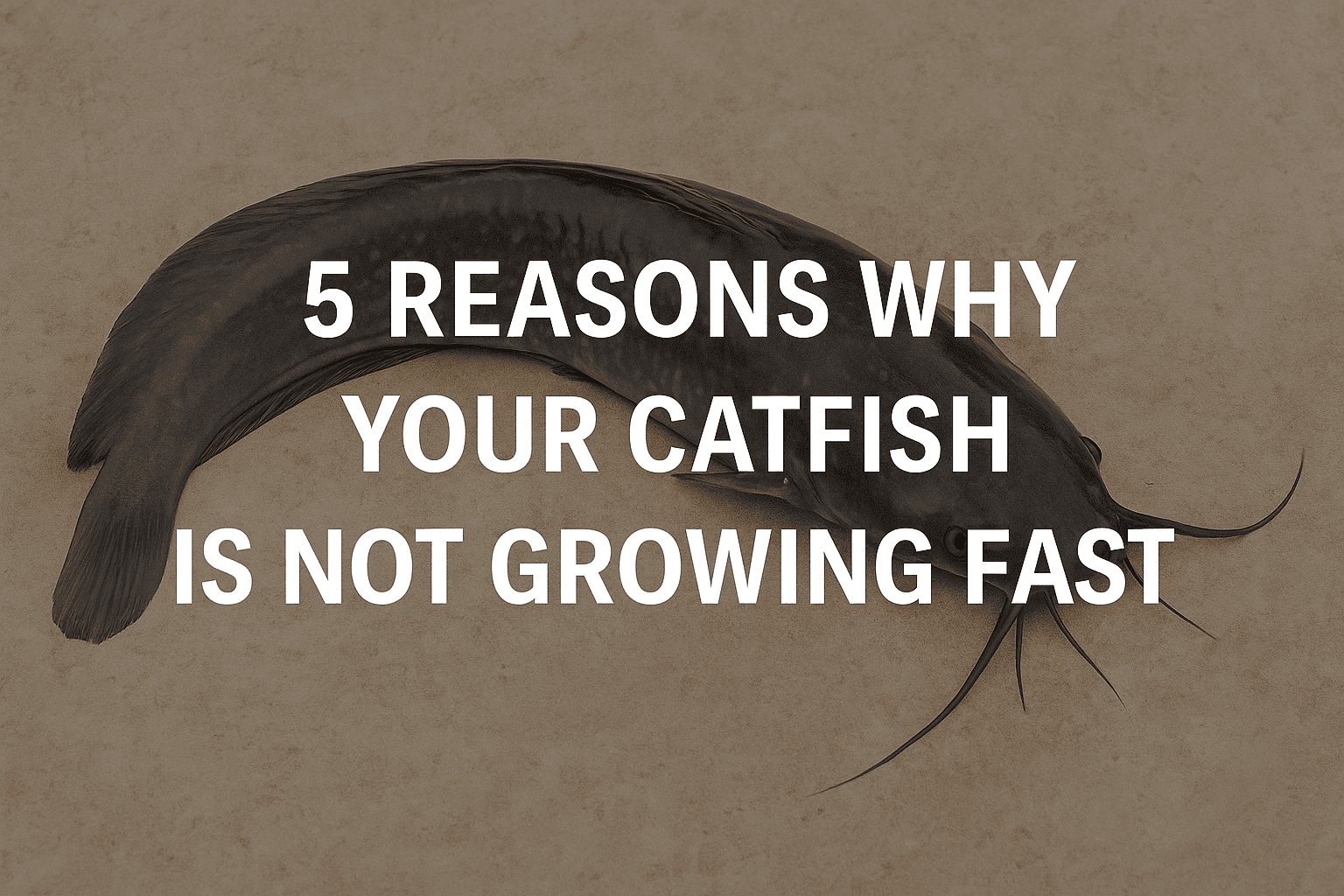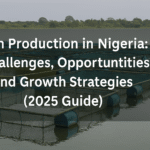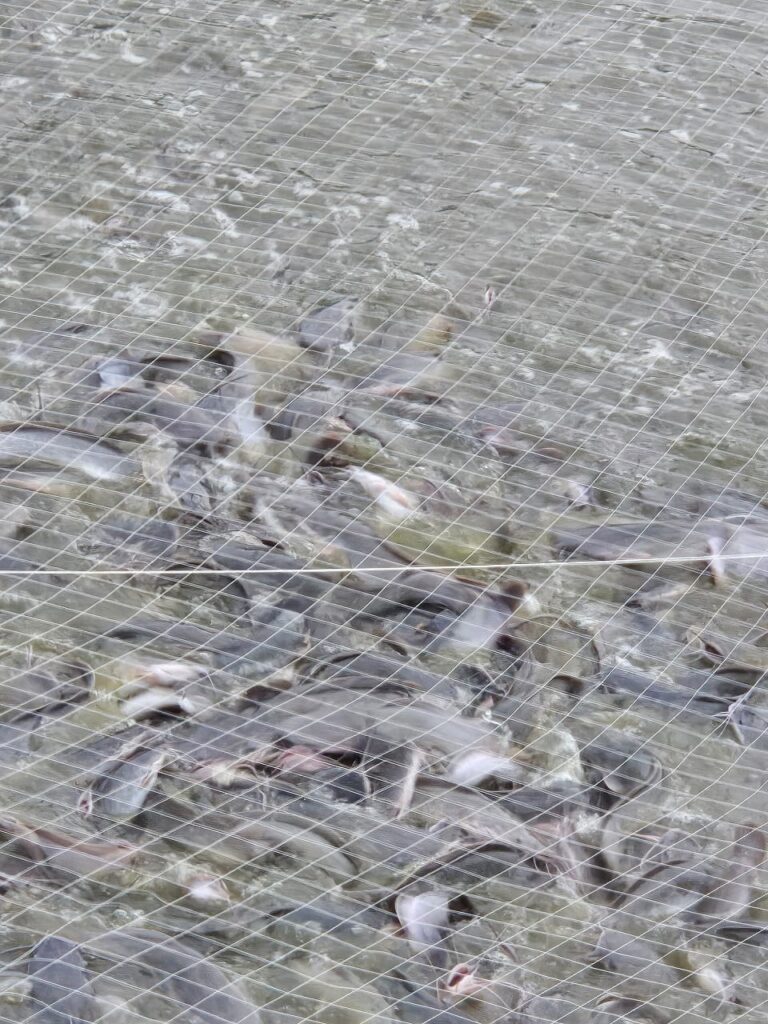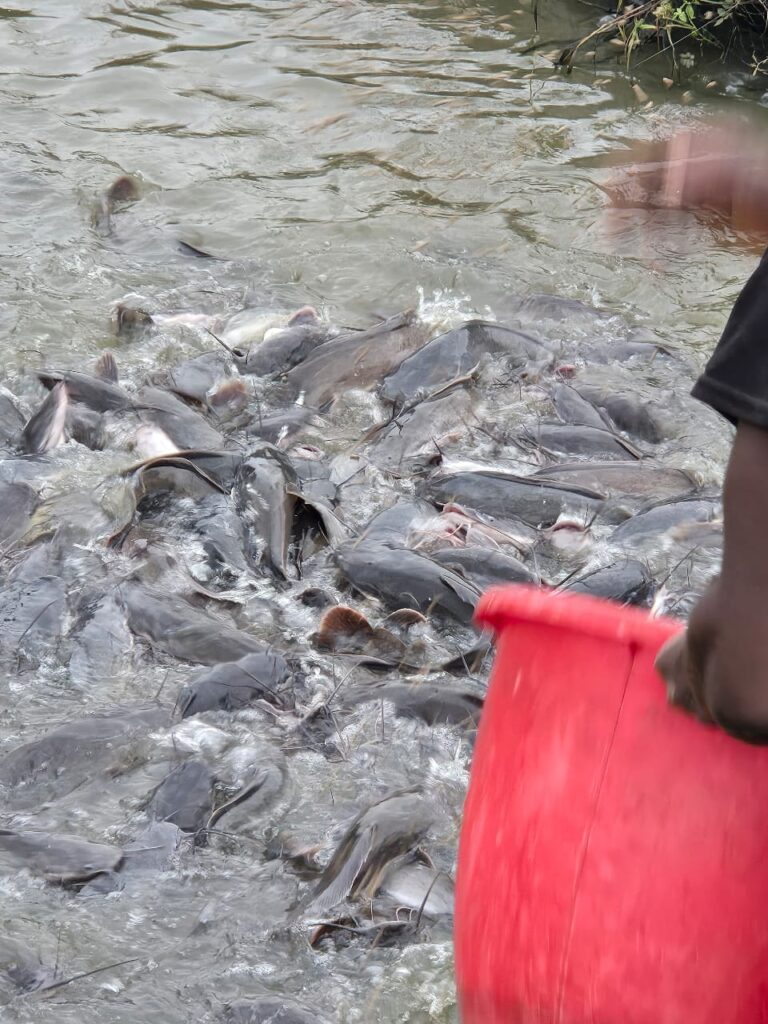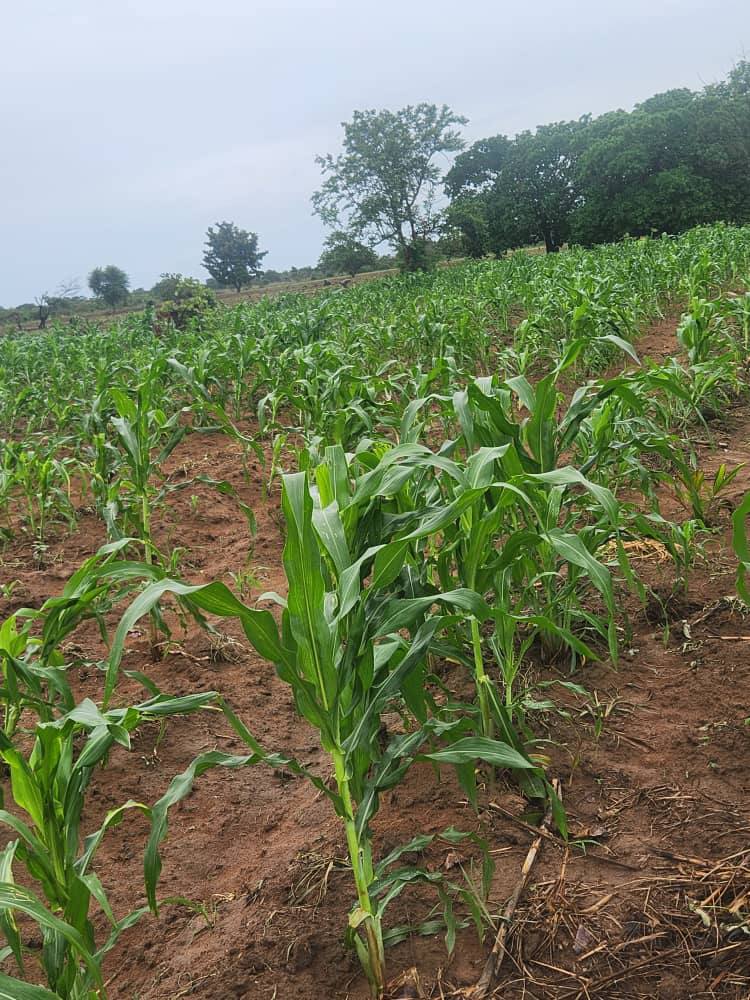In catfish farming, time is a very crucial factor that determines the profitability of the business. A fast growth rate allows farmers to harvest catfish quicker, thereby increasing profitability. There are several factors that retard the growth rate of your catfish. This means that the longer it takes for your catfish to reach market size, …
In catfish farming, time is a very crucial factor that determines the profitability of the business. A fast growth rate allows farmers to harvest catfish quicker, thereby increasing profitability.
There are several factors that retard the growth rate of your catfish. This means that the longer it takes for your catfish to reach market size, the higher the cost of maintenance and the lower the profit.
However, as a catfish farmer, you must always look for ways to maximise profits and minimise losses. Below are some of the reasons why your catfish are not growing fast:
1. Using Low-Quality Feed and Underfeeding.
Feeding is one of the most critical factors that determine the growth rate of your catfish. Feeding your catfish with low-quality or substandard feed leads to retarded growth, poor health, and lower profits.
Due to the high cost of feed, most catfish farmers tend to use cheaper, low-quality feeds that have low feed conversion ratios in a bid to save costs. However, for optimal growth, the right quantity and quality of feed have to be given to the catfish. Therefore, it’s important for the catfish farmer to administer feeds that have the required nutrients and the right proportion for healthy and optimal growth of catfish.
What to do:
-
Choose high-quality feed with at least 35–40% protein content for juvenile catfish.
-
Avoid expired or moldy feed.
-
Consider supplementing with local options like earthworms, fishmeal, or maggots to boost growth.
2. Poor Water Quality
Water plays a vital role in the growth rate of catfish since poor water quality leads to stunted growth. Therefore, it’s important to consider and monitor different water parameters for optimal growth of catfish. Here are the key water parameters that should be considered:
Temperature
Catfish have an optimal growth rate in water temperatures between the range of 26°C and 32°C. Lower temperatures lead to reduced feed intake and slower growth. So, for fast growth, always monitor the water temperature to keep it within the optimal range.
Dissolved Oxygen (DO)
This is the amount of oxygen dissolved in the water. Fish absorb oxygen through their gills for metabolism. It is recommended that the farmer maintain a concentration of 5 mg/L dissolved oxygen for optimum health and rapid growth of catfish.
pH
This is the level of hydrogen ions present in the water. The suitable pH level for effective growth of catfish is between 6.5 and 7.5.
When the water pH is kept at improper levels—either too low or too high—catfish eat less, leading to retarded growth and possible death of catfish.
Ammonia
This is a toxic nitrogenous waste product excreted by catfish. The farmer should maintain an ammonia level of less than 0.5 mg/L.
High concentrations of ammonia lead to low feed intake and subsequently retard the growth rate of catfish.
Nitrate
Even though nitrate is less toxic than ammonia and nitrite, it is still important to monitor its concentration for the rapid growth of catfish.
It’s recommended that the nitrate level be kept below 40 mg/L.
Nitrite
High nitrite concentration leads to a slow growth rate of catfish. It is always important to maintain and monitor the nitrite level. It’s recommended to keep the nitrite level as low as 0.75 mg/L.
What to do:
-
Change water regularly—at least once every 3–5 days depending on pond type.
-
Monitor pH, temperature, and dissolved oxygen.
-
Avoid using untreated borehole water with high iron or acidic content.
3. Poor Quality of Seeds (Runts)
The purchase of seeds, fingerlings, or juveniles is a very important stage that determines the growth rate of your catfish. Poor-quality seeds will not grow well. This may be due to the broodstock used for the hatchery or the poor health condition of the seed. Therefore, when buying fingerlings and juveniles, make sure you buy from reliable and trusted breeders.
What to do:
-
Always buy your fingerlings or juveniles from reputable hatcheries.
-
Avoid accepting “free” or suspiciously cheap fish seeds—they often come with poor genetics.
-
Inspect seeds for uniform size, activeness, and healthy appearance before stocking.
-
Conduct a trial by stocking a small batch and observing growth before buying in bulk.
4. Overstocking Catfish Pond
Overstocking of fingerlings or juveniles is one of the major reasons for retarded growth. This is due to the high competition for food, oxygen, and space needed for the effective growth of catfish.
A common guideline is that 10 L of water can support 1 kg of catfish. Therefore, to know the right number of catfish needed in a pond, calculate the volume of water in your pond and divide by 10.
What to do:
-
Maintain proper stocking density: about 100–120 fingerlings per square meter for earthen ponds.
-
Regularly sort your fish by size and transfer larger ones to reduce dominance and bullying.
-
Use proper pond management to ensure good water quality.
5. Neglecting Biosecurity
Biosecurity refers to the measures taken to prevent the spread of disease among the catfish in the pond. Poor biosecurity leads to the spread of diseases in the pond, which can weaken catfish and result in retarded growth of catfish. Ensure strict biosecurity measures in your pond by quarantining new catfish, monitoring signs of illness, practicing good hygiene, and monitoring water quality.
What to do:
-
Watch for symptoms like color change, slow movement, or refusal to eat.
-
Maintain biosecurity and disinfect equipment regularly.
-
Consult a vet or aquaculture expert for early treatment.
Frequently Asked Questions
Q1: How long should it take for catfish to reach market size in Nigeria?
A: With proper feeding and management, catfish can reach market size (1 kg) in 5–6 months.
Q2: Can I mix local feed with foreign feed?
A: Yes, but ensure the nutritional content is balanced. Always test and observe your fish’s response.
Q3: What’s the best feed for faster growth?
A: Floating feeds like Coppens or Blue Crown are known for good growth, especially in the early stages.
Q4: How can I tell if my pond is overcrowded?
A: Frequent fights, injured fish, and slow growth are signs. Sorting your fish can help balance the pond.
Conclusion
Growing healthy and profitable catfish requires a balance of proper feeding, good pond management, and close monitoring. If your catfish are not growing fast, review your feeding strategy, pond population, and water conditions. Fixing these areas will not only boost growth but also improve your farm’s profitability.
Catfish farming is a business with a high return on investment. However, its profitability is determined by many factors, like the growth rate, among others. To make your catfish grow faster and maximise profits, correct these common errors highlighted in this article.
You can reach out to us through our contact us form page if you need expert advice regarding fish farming and other agricultural practices.

